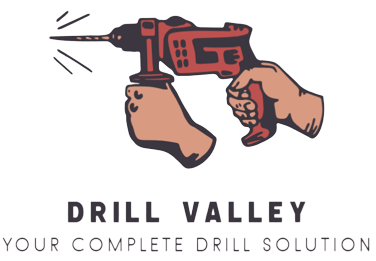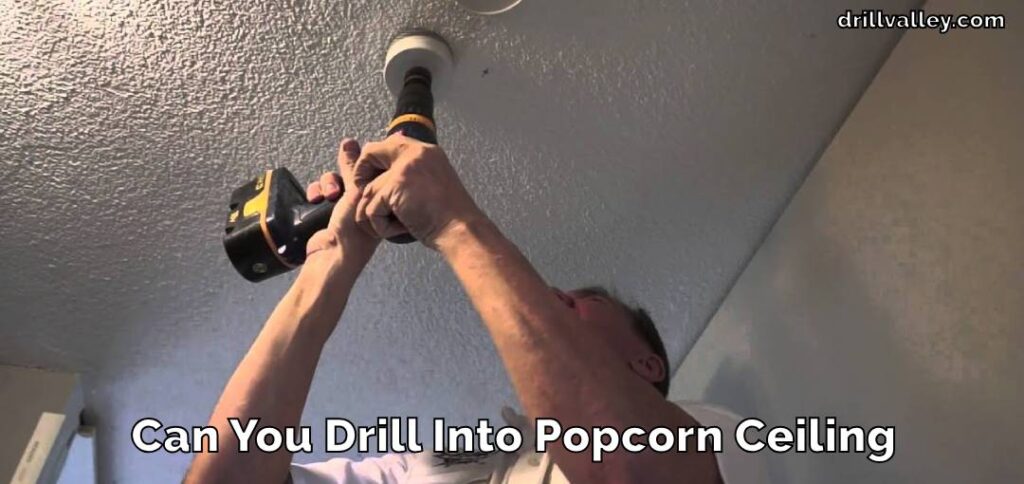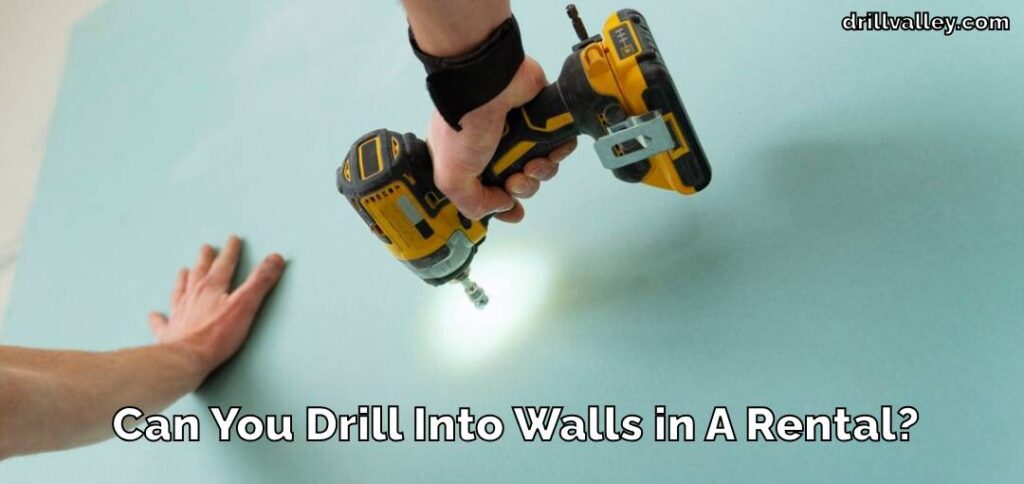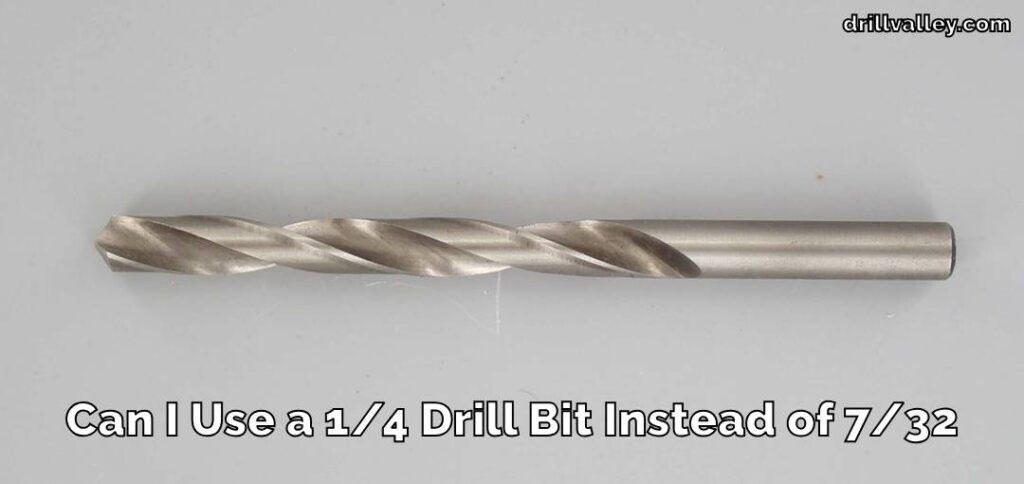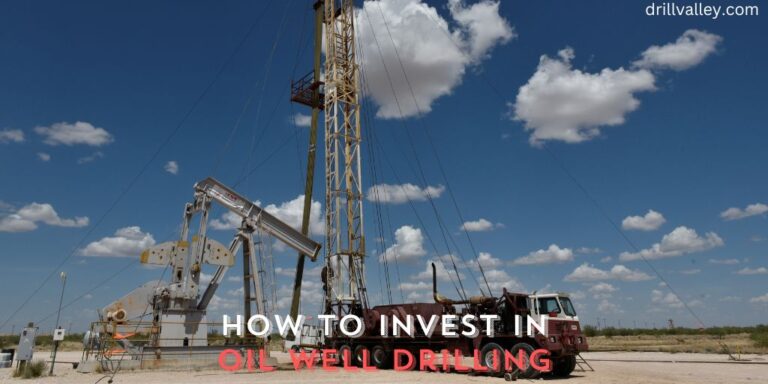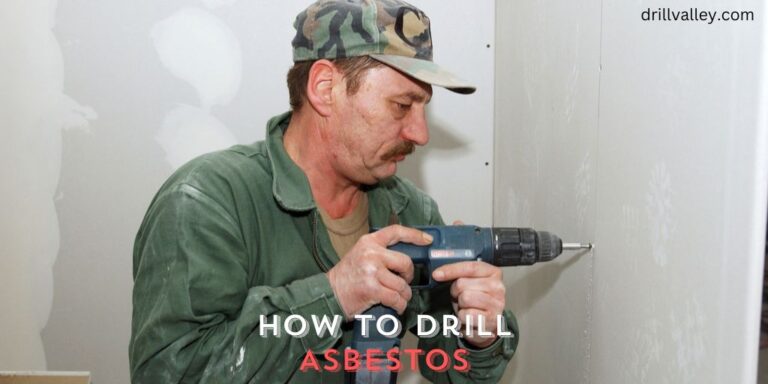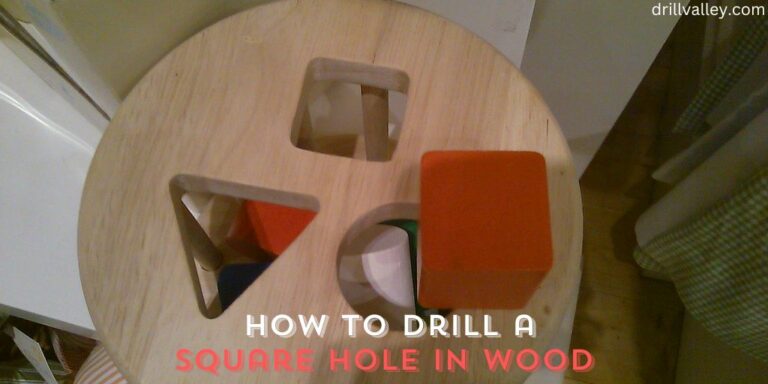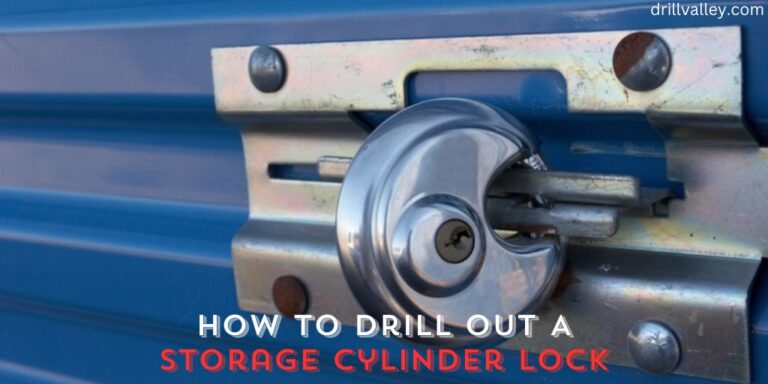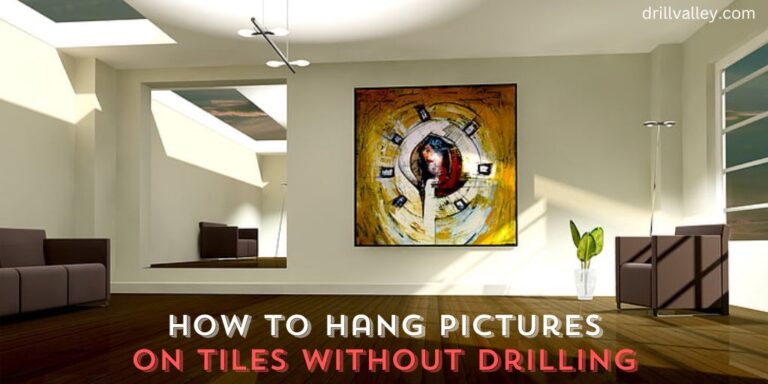How to Bore a Cylinder with A Drill Press
Have you ever been in a situation where you needed to make the inside of a cylinder bigger or smoother and wondered if there was a way to do it with the tools you have at home? Maybe you’ve thought about using a drill press for this job. Well, you’re in luck because that’s exactly what we’re going to talk about today: how to use a drill press to bore out a cylinder.
In this guide, I’m going to show you everything you need to know about boring cylinders using a drill press. We’ll cover why a drill press can be a good choice for this kind of work and give you a step-by-step guide on how to do it yourself.
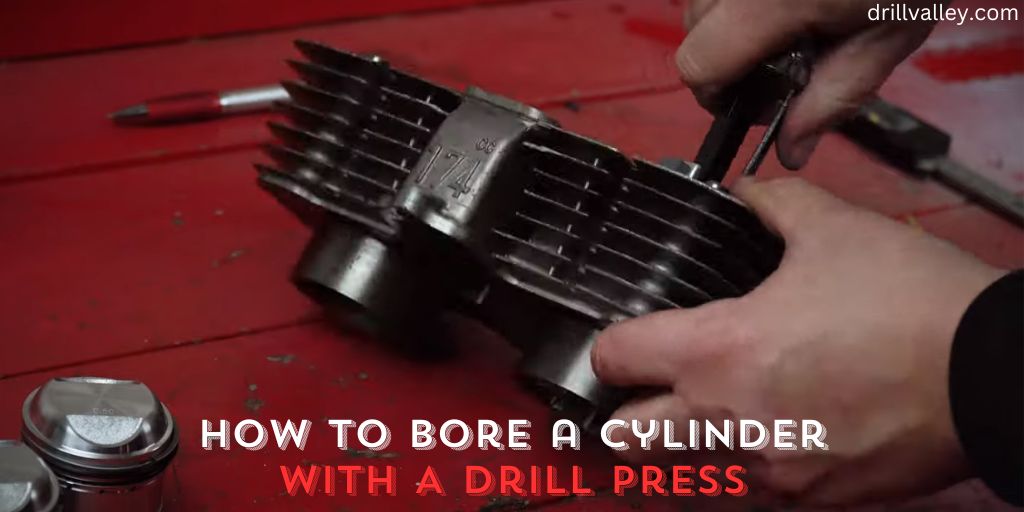
This skill is super useful whether you’ve been doing DIY projects for years or you’re just starting. Learning how to bore a cylinder with a drill press can help you tackle new projects and make your work a lot easier. Let’s dive in and get started on learning how to expand your DIY skills with this handy technique.
Why You Need to Bore a Cylinder with A Drill Press
Boring a cylinder might seem like a task reserved for professional machinists, but there are compelling reasons why you might want to undertake this task yourself using a drill press.
Firstly, precision is key in many projects, and boring a cylinder allows for exact control over the diameter and smoothness of the cylinder’s interior. This is crucial in applications where tight tolerances are necessary, such as in engine repair or creating custom parts.
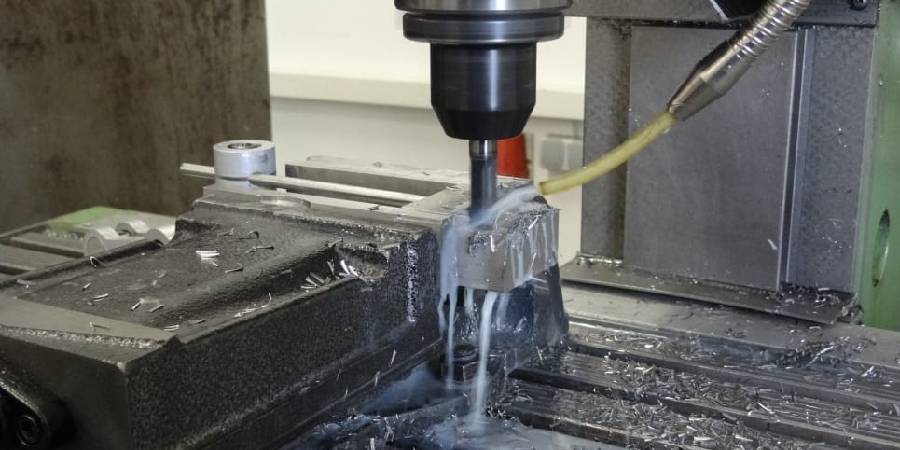
Moreover, using a drill press for this job offers a balance between accessibility and precision. While not as specialized as a boring machine, a drill press is more readily available to hobbyists and DIY enthusiasts. It provides enough precision for many projects without requiring a significant investment in specialized equipment.
Another reason to use a drill press is versatility. A drill press is not just for drilling holes. With the right attachments and technique, it can be adapted for a range of tasks, including boring. This versatility makes it a valuable tool in your workshop, capable of handling a variety of tasks without needing multiple, expensive pieces of equipment.
Tools We Need to Bore a Cylinder with A Drill Press
To bore a cylinder using a drill press, you’ll need a few specific tools and accessories. These include:
- A sturdy drill press with adjustable speed settings.
- A suitable boring bit or a bore cutter set, depending on the size and material of the cylinder.
- Clamps or a vise to securely hold the cylinder in place.
- A dial indicator or a micrometer to measure the diameter accurately.
- Safety gear, including goggles and gloves, to protect yourself during the process.
- Lubricant or cutting fluid to reduce friction and heat buildup.
Having these tools at hand ensures a smooth and efficient boring process, and helps achieve the precision and finish you need for your project.
How to Bore a Cylinder with A Drill Press
Boring a cylinder with a drill press is a process that needs your full attention, a steady hand, and a bit of patience. Let’s dive into these eight steps to ensure you get it right:
Prepare the Drill Press
First things first, let’s set up your drill press. Make sure it’s standing firm and the table is as level as can be. This is crucial for accuracy. Now, pick the right speed for the material you’re working with. If you’re unsure, go with a slower speed for harder materials and a bit faster for softer ones.
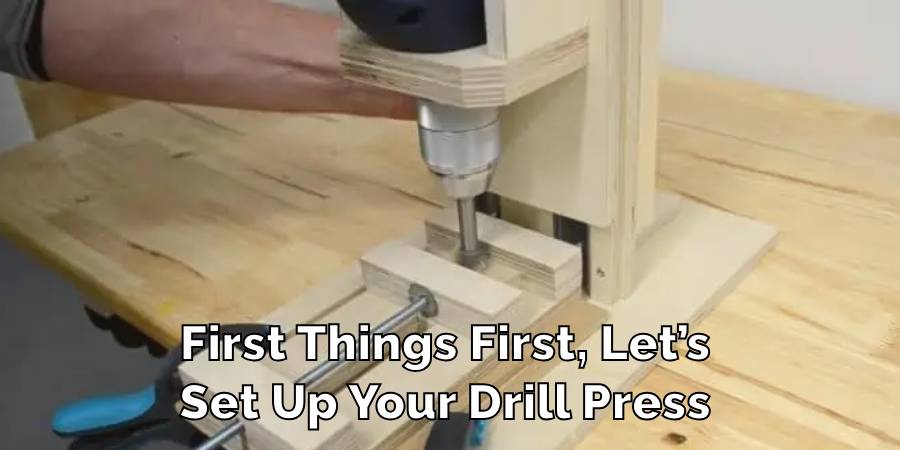
Secure the Cylinder
Next up, you need to secure the cylinder onto the drill press table. You can use either clamps or a vise for this. The goal is to keep it from moving even a bit during the boring process. Think of it like holding something delicate – firm enough so it won’t move, but not so tight that it gets damaged.
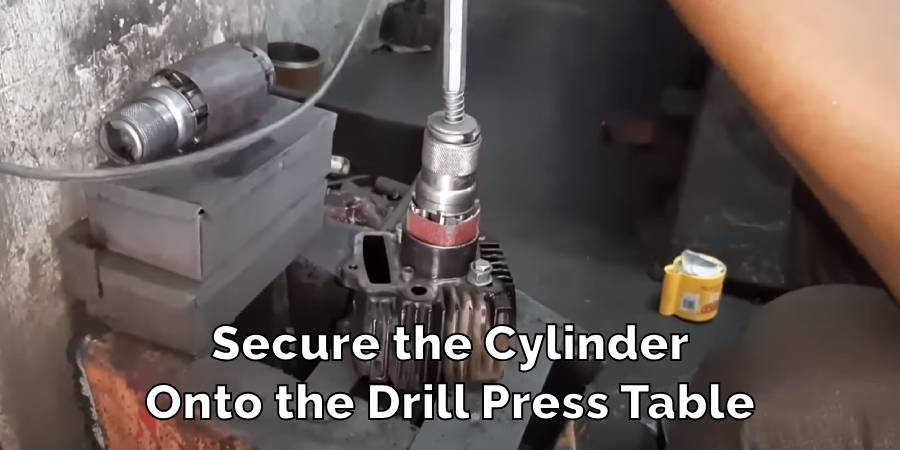
Choose the Right Boring Bit
This step is all about choosing the perfect boring bit for your cylinder. You have to consider both the material of the cylinder and the size you want your bore to be. It’s like picking the right key for a lock – the better the fit, the smoother the process.
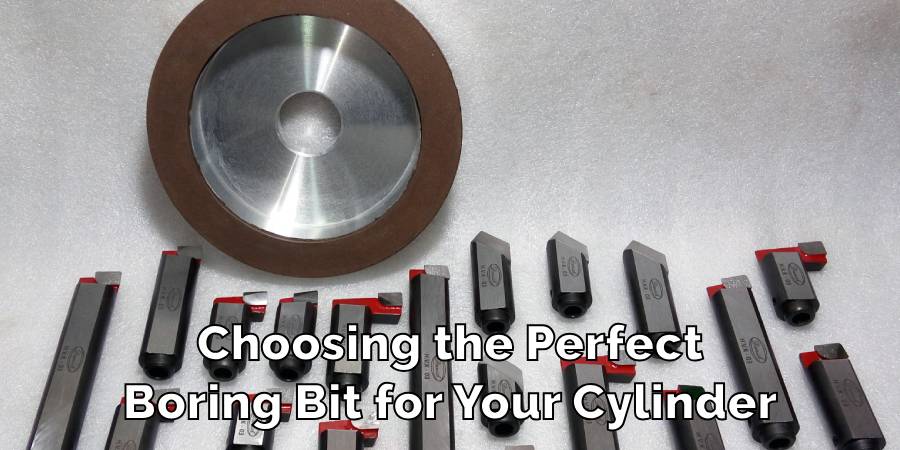
Set the Depth
Now, let’s set how deep you want the bit to go into the cylinder. This is done by adjusting the depth stop on your drill press. It’s a bit like setting an alarm – you decide the limit and the drill press will make sure you don’t go past it.
Initial Cut
Time for the first cut. Start slow and steady. This cut is like outlining before you color – it sets the path for all the cuts that follow. Keep it even and don’t rush.
Measure and Adjust
After that first cut, grab your dial indicator or micrometer and measure the diameter. It’s like checking your progress in a recipe – you need to see if you’re on the right track. Adjust your approach based on what you find.
Continue Boring
Keep on boring, making small, careful cuts. It’s a bit like sculpting – you remove a little bit at a time and regularly step back to check your work. Adjust as needed to make sure you’re heading towards the perfect diameter.
Finalize and Finish
Once you’ve reached the desired diameter, it’s time to make a final pass for a smooth finish. It’s like the last stroke of paint on a canvas. Then, remove the cylinder and clear away any debris. You’ve done it!
Remember, the key to a successful bore is not just following these steps, but also understanding your tools and materials. Each cylinder and drill press might behave a bit differently, so keep an eye on how things are progressing and adjust as you go. With a bit of practice, you’ll find that boring a cylinder with a drill press becomes second nature!
Precaution While Boring a Cylinder with A Drill Press
Just like any task that involves machinery, there are right and wrong ways to go about it. The right way ensures both the success of your project and your safety. Let’s go over some essential precautions:
- Wear the Right Safety Gear: Your safety starts with you. Always wear safety goggles to protect your eyes and gloves to guard your hands.
- Secure the Cylinder Firmly: Make sure the cylinder is tightly clamped. A secure workpiece won’t move unexpectedly and cause accidents.
- Mind the Speed and Pressure: Like driving a car, controlling your speed and pressure is key. Too fast or too hard can lead to mistakes or worse, accidents.
- Regular Tool Maintenance: Keep your tools in check. A well-maintained tool is safer and works better.
- Know Your Drill Press’s Limits: Understand what your drill press can do. Pushing it beyond its limits is like lifting something too heavy – it’s not safe.
- Keep Your Workspace Clean: A tidy space is a safe space. Keep it clean to prevent any mishaps.
- Stay Focused: When operating the drill press, give it your full attention. Distractions can lead to accidents.
- Be Prepared for Emergencies: Know where your first-aid kit is and how to quickly turn off your drill press in case something goes wrong.
Remember, safety in the workshop is about being aware, prepared, and respectful of the power of your tools. By following these precautions, you not only ensure your safety but also the success of your project. Think of these tips as your safety checklist – a little effort to check them off can make a big difference in keeping you safe while you work.
FAQ’s
Can You Bore on a Drill Press?
Definitely! While a drill press isn’t as specialized as a boring machine, it can still do the job pretty well with the right setup.
Think of it like using a multi-tool instead of a dedicated tool. A drill press, with proper attachments and careful handling, can achieve results good enough for most projects, especially for those of us who don’t have access to professional boring machines.
What Do You Use to Bore a Cylinder?
When it comes to boring a cylinder, the tool of choice is usually a boring bit or a bore cutter set. The choice between these two depends largely on what your cylinder is made of and how big you need the bore to be. It’s kind of like choosing the right type of knife for cooking – each material and size needs a different kind of cutter.
What Are the Disadvantages of a Drill Press?
A drill press, as handy as it is, has its limits. It’s not as precise as a machine made specifically for boring, so if you’re working on a complex project, it might not give you the accuracy you need.
Also, there’s a limit to the size and weight of the material you can work with on a drill press. Think of it like using a compact car to haul heavy loads – it can do the job to a certain extent, but it’s not made for heavy-duty tasks.
Can You Bore Just One Cylinder?
Yes, you absolutely can bore just one cylinder using a drill press. The most important thing here is to make sure the cylinder is properly secured and that you’ve adjusted the settings on your drill press for precision. It’s a bit like focusing on one important task at a time – with the right setup and attention, you can do it well.
When Should You Bore a Cylinder?
You’d typically bore a cylinder when you need to either increase its internal diameter or improve the interior surface. This is usually needed when fitting parts that require tight tolerances or during engine repairs. It’s a bit like altering a dress to fit better – you make adjustments so everything fits just right.
Conclusion
Boring a cylinder with a drill press is a valuable skill for any DIY enthusiast or hobbyist. It allows for precision work on a budget and can be a satisfying and rewarding process.
While it requires patience and attention to detail, the ability to modify and improve components in your workshop opens up a world of possibilities for custom projects and repairs. This article has explored how to bore a cylinder with a drill press
Remember to work safely, measure meticulously, and adjust your technique as needed to achieve the best results. With practice, you’ll find that boring a cylinder with a drill press is a straightforward and useful skill to add to your repertoire.
Can You Use Impact Driver Bits in A Drill
Knowing whether you can swap impact driver bits into a regular drill matters more than…
Can You Drill Into Popcorn Ceiling
Wondering Can You Drill Into Popcorn Ceiling for your next home improvement project? Popcorn ceilings,…
Can You Drill Into Walls in A Rental?
Renting an apartment brings the challenge of personalizing your space within the confines of rules…
Can I Use a 1/4 Drill Bit Instead of 7/32
When you’re elbows deep in a project and suddenly realize the 7/32 drill bit you…
Can You Drill Concrete Without A Hammer Drill
Drilling into concrete requires both precision and the right tools, notably a hammer drill and…
Can You Use Different Brand Drill Bits?
The right drill bit size is crucial for any project, big or small. It’s the…
